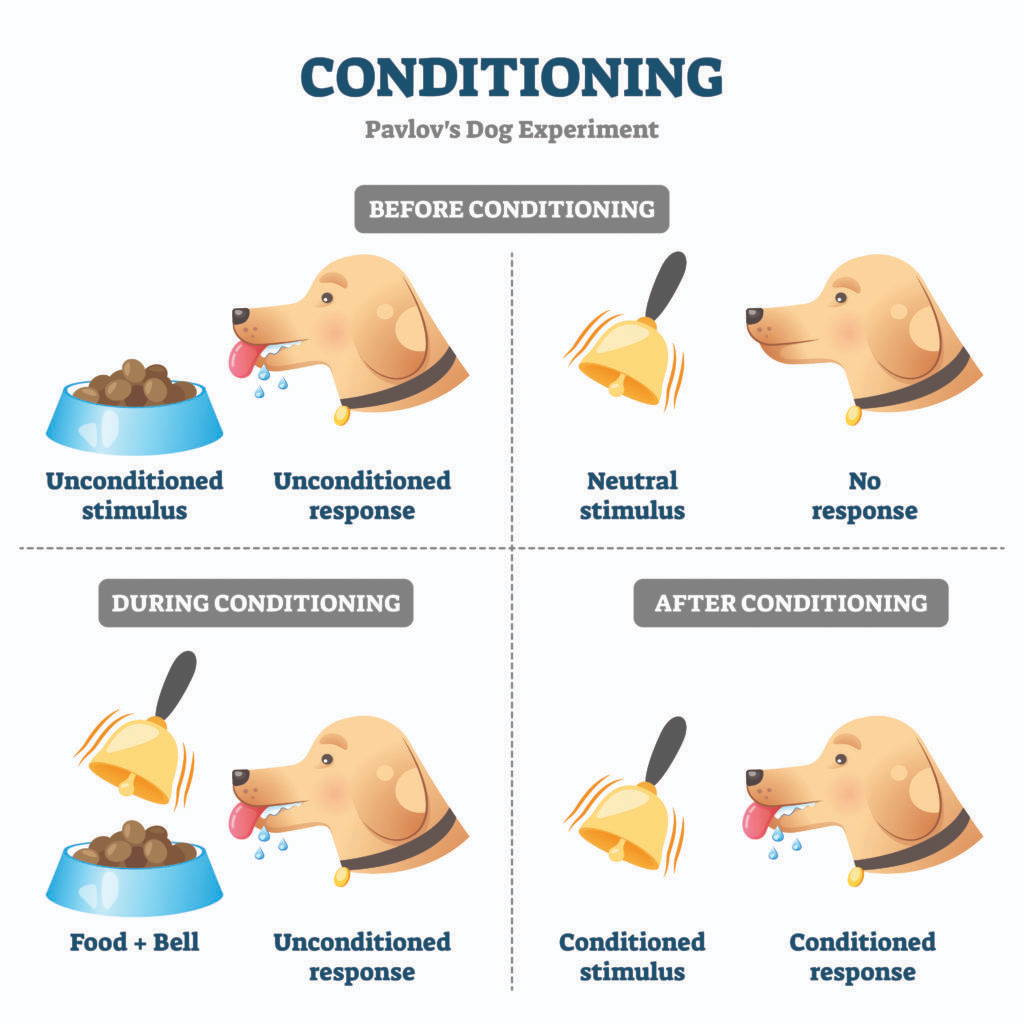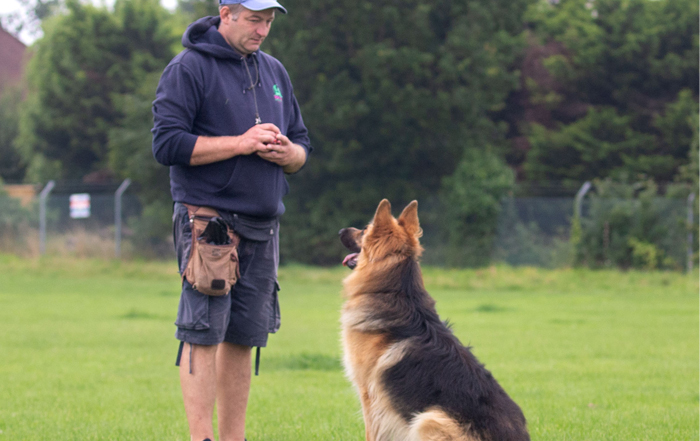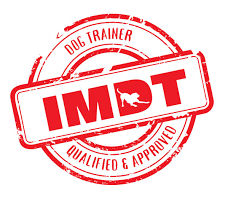In this article, expert trainer Rachel, part of the team at Royvon Esher, explores the way that dogs learn and how we can use this knowledge during dog training at Royvon,
Learning is a process that every species has developed in order to survive across generations within their changing environment – those that learnt quickest went on to reproduce, whilst those who did not learn from events were less fortunate. As humans we learn episodically which is different from other species and it is important as owners and dog lovers not to expect our dogs to learn as we do.
Human Learning
Human learning is typically broken down into seven categories of Visual, Auditory, Verbal, Physical, Logical, Social and Solitary; each of us as individuals have a preference for a way of learning. What works for you might not work for your friend, for example a Visual learner will learn best from pictures and diagrams whereas an auditory learner will learn best by hearing information. Both the visual and auditory learning styles would benefit from educational videos to aid their learning, however a verbal learner would struggle with this teaching method. Dogs, much like humans, have preferred methods of learning.
Dog Learning
Dogs learn through action and consequences, they’re motivated to repeat behaviors that either resulted in positive or neutral outcomes and avoid behaviors that resulted in negative outcomes. This process of learning is called ‘Conditioning’ and there are two typical types of conditioning developed by psychologists and regularly used for dog training: classical conditioning and operant conditioning.
Learning is a process that every species has developed in order to survive across generations within their changing environment – those that learnt quickest went on to reproduce, whilst those who did not learn from events were less fortunate. As humans we learn episodically which is different from other species and it is important as owners and dog lovers not to expect our dogs to learn as we do.
Classical Conditioning
Relying on an event, action, place, person or object occuring at the same time as a consequence, classical conditioning was first discovered and theorized by Ivan Pavlov in 1897 and has shaped the animal training we know today. His study resulted in the conditioned response of dogs salivating at the presence of a bell, the dogs associated their feed with the bell resulting in this response. The more an event or environment is associated with a consequence, pleasant or unpleasant, the stronger the association; this learning often represents reflexive or automatic behaviour. You may notice your dog getting excited just before their feeding time or even when you open the door to the room where their food is stored; this is because they have been conditioned to expect food at those times.

Operant Conditioning
| Reinforcement (Increase/maintain behaviours) |
Punishment (Decrease Behaviour) |
|
|---|---|---|
| Positive (addition of something) |
Add pleasant experience (treats/toy etc) increase/maintain behaviours |
Add aversions (corrections verbal or equipment) To decrease behaviours |
| Negative (removal of something) |
Remove aversive items To increase/maintain behaviours |
Remove pleasant stimulus (e.g food) To decrease behaviour |
Learn more in the ‘Balance Training’ blog.
Now that you have an understanding of the underlying science behind dog training and learning let’s have a look at the most prevalent methods for dog training used here at Royvon.
Clicker Training
Clicker training starts as classical conditioning, with the sound of the click being associated with a positive reward such as treats. It quickly becomes operant conditioning as the dog is offering behaviours for the addition of a reward. Clicker training has been used across multiple species and can be used to train almost anything with enough steps in the training, we regularly use clickers to pinpoint the precise behaviours we are rewarding as we would like our dogs to repeat them.
Shaping
The process of establishing a behaviour that is not learned or performed by an individual at present is called shaping; the process relies on rewarding approximations of a skill closer and closer to the desired result. Shaping is a wonderful way to encourage and build confidence in nervous dogs or help over excited dogs learn calm behaviours by achieving smaller milestones on the way to our goal. We often use shaping for our reactive dogs as well as training longer duration tasks for example: rewarding dogs for not barking at a dog from 10m away, then 5m then 3m as the dog walks past; rewarding a dog for being in the heel position whilst stood still, then taking 3 steps together, then taking 10 steps, then walking halfway down the street; rewarding a dog for placing it’s paws on a bed, then for lying down on the bed, then for lying down on the bed for 2 minutes.
There are many ways to teach a dog one behaviour, oftentimes we as owners condition our dogs to perform a behaviour for us (or even they condition us!). Learning is a continual process, it is important we ensure they are learning beneficial behaviours to aid their lives among us, starting from day one and maintaining these behaviours throughout their lives.
Rachel is one of the team of dog trainers at Royvon. To book an assessment to discuss your own dog’s personality and training challenges, please use our online system: (link to Gingr login page).





Leave A Comment